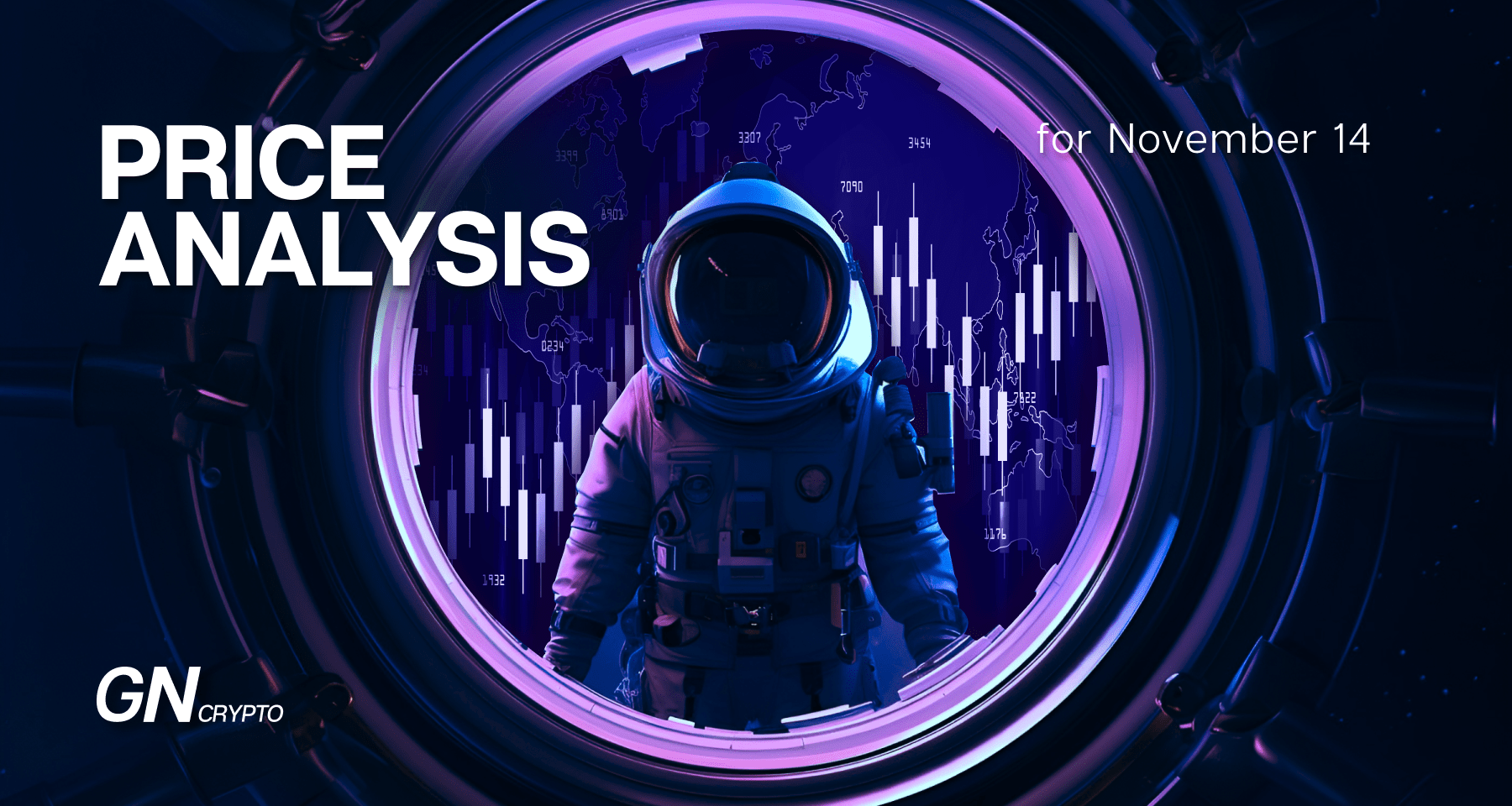LINK and XLM Altcoin Analysis for November 14, 2023

Bitcoin maintains its position above the $36,500 level, with no significant changes since our last market analysis. Here's an overview of the market situation for Chainlink (LINK) and Stellar (XLM) as of Tuesday, November 14.
Chainlink (LINK)
In the past two months, LINK has seen a remarkable 180% increase, reaching a yearly high of $16.61. Currently, the asset has entered a phase of relative stability, oscillating within a sideways trading range between the support zone of $13.65-$14.32 and resistance levels of $16.00-$16.61.
Given Bitcoin's predominantly neutral or positive trajectory, the likelihood of LINK continuing its upward trend is high. The next targets for buyers are projected at around $17 and $18. In this scenario, a brief trading period within this range can be expected.
If Bitcoin undergoes a deeper correction, LINK might retreat to the buyer's level at $12.84 and retest the broader support range of $11.16-$12.03, which could present an attractive spot buying opportunity. This analysis assumes that BTC will sustain its ascending trend and secure a position above the $30,000 mark.

Link chart on the H2 timeframe
Stellar (XLM)
Despite a local upward trend on the XLM chart, it's important to remain cautious, given the lack of substantial buying power. After an initial pump due to Ripple's victory over the SEC, Stellar's gains were completely reversed. Since October 20, XLM has only grown by about 25%, relatively modest compared to other altcoins.
Currently, XLM is trading between the support zone of $0.115-$0.120 and the resistance zone of $0.132-$0.137. The continuation of this local upward trend appears to be the most likely scenario. In this context, XLM could reach levels of $0.140 and $0.146, but any further growth would depend on the activation of buyers and increased trading volumes.
A lower support zone exists around $0.105-$0.111. If BTC begins a downward trend, none of the support levels for XLM may hold against a potential fall, and the asset could drop below the $0.10 and $0.09 marks. Therefore, XLM doesn't seem to be a particularly attractive asset for accumulation in the spot market.

XLM chart on the H3 timeframe
Check out GNcrypto for the latest cryptocurrency rates and chart analysis.
Disclaimer
Please note that the analysis provided above should not be considered a trading recommendation. Before opening any deals, we strongly advise conducting your own research and analysis.
Abbreviations
TF (Timeframe) — a chronological period equal to the time it takes to form one Japanese candle on the chart.
Horizontal channel (flat, sideways, range) — the price movement between support and resistance levels, without going beyond the given range.
К — simplified designation of one thousand dollars of the asset price (for example, 23.4K – $23,400).
Gray range on the chart — a support zone.
Red range on the chart — a resistance zone.
Correlation — the tendency of prices of different cryptocurrencies to move in sync, often influenced by the dominance of one of the assets.
Initial materials
This analysis was informed by the following educational materials and articles from GNcrypto:
Recommended

